- Home
- Furnishings Appliances Hospitality
- Furniture
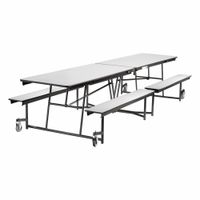
Cafeteria, Dining & Breakroom Furniture
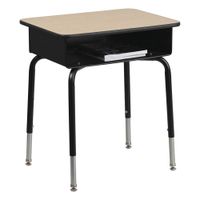
Classroom Furniture
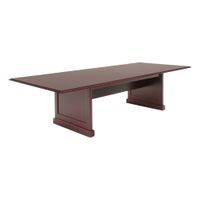
Conference Tables
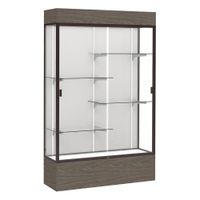
Display Cases
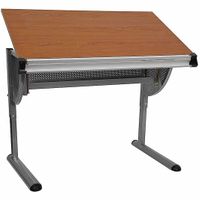
Drafting & Art Tables
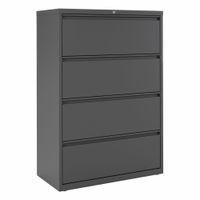
Filing & Storage Furniture
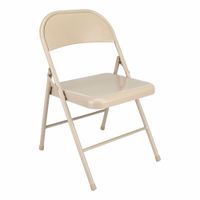
Folding Chairs
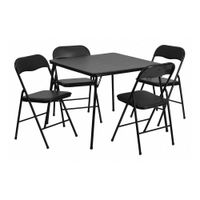
Folding Table & Chair Sets
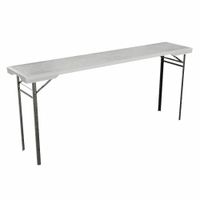
Folding Tables
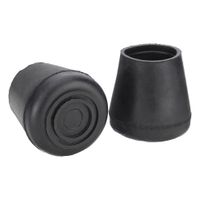
Furniture Glides, Tips & Repair Kits
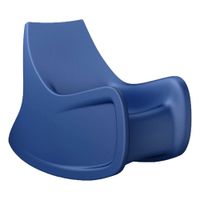
Institutional Furniture
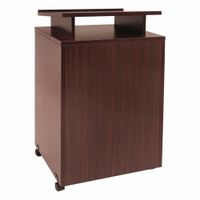
Lecterns
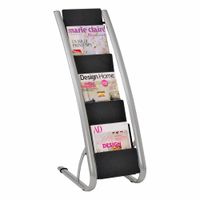
Literature Displays
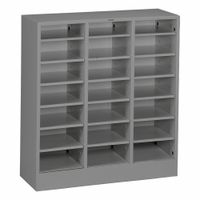
Mail & Literature Organizers, Sorting Tables & Risers
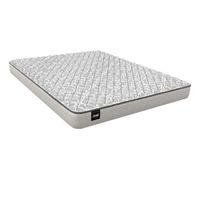
Mattresses, Bed Frames & Bases
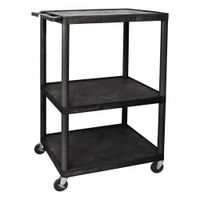
Media Furniture
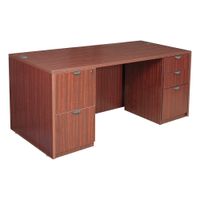
Office Desks & Workstations
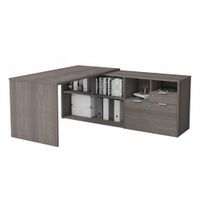
Office Furniture Collections
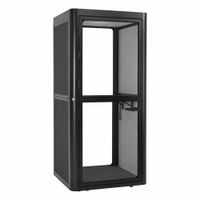
Office Pods
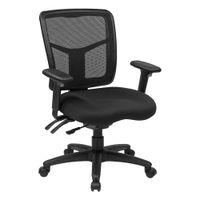
Office, Task & Drafting Chairs & Accessories
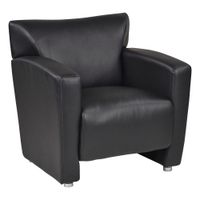
Reception & Lounge Furniture
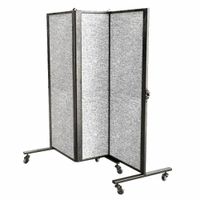
Room Dividers
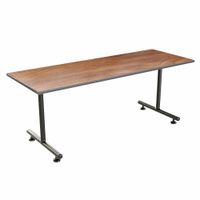
Seminar & Training Tables
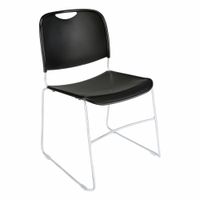
Stackable Chairs
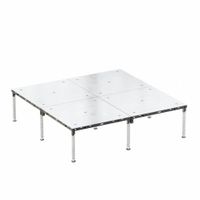
Stages
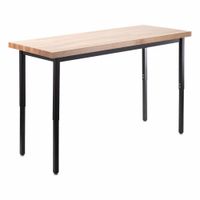
Utility Tables
Frequently Asked Questions
What are the best types of office furniture for ergonomics?
How do I choose the right mattress for comfort and support?
What materials are most durable for hospitality furniture?
How can I maximize space with office furniture?
What are the latest trends in indoor furnishings?
How do I maintain and clean different types of furniture?
What are the benefits of modular office furniture?
How do I select furniture for a healthcare facility?
What factors should I consider when buying a crib?
How can I create an inviting environment with indoor furnishings?